What exactly happened last week in Kazakhstan? This is a question that many people have. Was this a genuine protest, or a western-led American jab in Russia’s soft underbelly? Was this a working-class movement or yet another post-Soviet attempt at a color revolution? It appears that there was a little bit of everything. The context is one of deep contradictions in Kazakhstan’s ruling class and society as a whole.
Boyan Stanislavski and Maria Cernat carefully examine the chronology of last week’s events in Kazakhstan, highlighting the most doubtful moments and carefully explaining what conclusions can be drawn based on facts that are now public record. The hosts of “On the Barricades” also mention some possibilities for which there is only circumstantial evidence and which cannot be proven beyond a reasonable doubt at this time.
TRANSCRIPT:
Maria Cernat
Hello, and welcome to on the Barricades. This is a podcast produced by Eastern European journalists and academics. But this edition is special because it is co-produced with theAnalysis.news. And this is your host, Maria Cernat. And with me as usual, the Bulgarian-born Polish journalist Boyan Stanislavski. Thank you for being here with us.
Boyan Stanislavski
Hello, theAnalysis.news.
Maria Cernat
Dot news, sorry, not dot com, theAnalysis.news. We thank Paul Jay and this journalistic initiative for offering us the chance to talk and speak to their viewers and offer our perspectives on recent events taking place not only in Eastern Europe but in a part of the world that doesn’t receive much of the Western media attention. And this time around, we are going to talk about Kazakhstan, a big country situated, as we discussed in the first episode, you will have a link to that, and we invite you to watch it.
In Central Asia, along with other republics that were recently in the middle of some protests, violent protests erupted in many cities at the beginning of the month. January 2nd, was the day that the protest started in many cities of Kazakhstan because the prices for natural liquid gas, mainly a fuel used by the citizens in Kazakhstan to move around with their cars, nearly doubled. And that prompted the citizens to go on the streets and protest.
Now on January 3rd, what is interesting is that the government that is currently ruled by Kassym-Jomart Tokayev, they took a step back and said, okay, we’ll listen to you. We understand that maybe the prices are too big. They even started an investigation claiming that it was some sort of cartel, not the government, that decided to double the prices. But the very next day, there were all sorts of violent clashes between violent protesters and the security forces. Twelve people were killed, and 3,000 people were arrested in the days that followed (January 4th), and that was the start of the violent part, so to speak, the violent episode of the protests in Kazakhstan.
Now, why is this Kazakhstan important? Because we are talking about a very rich country, not only in terms of oil and gas but also uranium and other important resources that are being exploited with the aid of foreign investment. And we discussed this in the first segment of our show; the fact that basically the lion share in terms of foreign investment is taken by the Netherlands, Dutch Shell. And then we have in the second position, the United States.
Boyan Stanislavski
Chevron.
Maria Cernat
We have Chevron, of course, and then we have Switzerland. And then we have Russia owning only 6% in terms of foreign investment and China with 6%. Even though Russia has thousands of borders, common borders with Kazakhstan, they only have 6% in terms of foreign investment in this country. So this is very interesting to see how things unfold from an economic perspective.
It was our pleasure to listen to the analysis provided by my colleague Boyan, that showed how complicated the power structure in this post-Soviet state actually is, and how many layers of power has to be taken into account when discussing the situation in Kazakhstan.
Now, what happened recently? All the violent clashes stopped when Russia sent a couple thousand men on the ground to secure the strategic objectives of the country and to defend its infrastructure and all the rest. Why did they do that? Because Kazakhstan is part of the Collective Security Treaty that was signed in 1992 where Soviet States, post-Soviet States signed this: Russia, Armenia, Kazakhstan, Kyrgyzstan, Tajikistan actually signed this treaty. It’s important to note that China is an observer member of this treaty. So this is a security treaty that basically enabled Russia and allowed for the Russian Federation to intervene and help President Tokayev reestablish order in the country.
Now I want to discuss, in this segment of our show, how the media’s reaction was portrayed because, as we saw in the first episode, the situation is very complex. You have all sorts of informal organizations there—some sort of clans that are taking on an important part in the power structure. You also have this leader, Nazarbayev Nursultan Nazarbayev, that was able to maintain some sort of, how should I say?He was able to —
Boyan Stanislavski
Some kind of balance, maybe some kind of balance, very volatile.
Maria Cernat
Very volatile situation. Now he is 81 years old. He is still exercising a lot of influence because he is the head of the Security Council.
Boyan Stanislavski
He was removed.
Maria Cernat
He was removed recently, but from that position, he was able to influence the situation in the country. Maybe that was the time where President Kassym Tokayev took the opportunity to assert himself as the main leader, even though Tokayev was actually suggested by Nazarbayev. He was the one who was supported by the acts of —.
Boyan Stanislavski
It would have not happened otherwise. It’s because of the structure, because of all those things that I explained in the previous segment, because of those dependencies and sort of difficult networks of power and dependencies and so on, so forth. It was almost impossible, or maybe through some violent coup and stuff like that. But otherwise, within the political process, whatever we think about the political process and its quality in Kazakhstan, within that framework, it would have been impossible to actually get someone who’s obviously hostile to the top.
So this was a gradual process of removing this annoying personality. And I did explain why he appeared annoying, Nursultan Nazarbayev, too many parties that are involved somehow in this Kazakh chessboard. But the question of Tokayev, again, I don’t have the time to explain his entire biography and stuff like that but suffice to say that he’s a person who has a lot of experience. He’s an able bureaucrat with a lot of experience, with a huge past history as a seasoned diplomat. He was in China, he was in Singapore, and he was back in China, even during the Soviet. Again, I don’t want to even go there because it’s a whole different show that we could— but what is important here, it is important from the point of view of what is going on.
What happened last week, basically this blitzkrieg kind of thing that occurred last week in Kazakhstan, is that Tokayev is pretty popular in this Democratic sense because he was not any sort of central figure or not even close to central figures of a slew of corruption scandals that were just part of the everyday life in Kazakhstan over the past years. So he is viewed by many as a fair, just, and not a corrupt politician. Obviously, there is corruption involved, like anywhere on all stages of power in Kazakhstan. So it’s kind of difficult for me to believe that he would not participate in any of those schemes that were there to a smaller, bigger extent. But he was basically able to come clean of any sort of major big scandalous corruption situations that are really a kind of standard thing in Kazakhstani politics, so to say.
So that’s also pretty important, and obviously because of his past, because of his abilities as a diplomat and so on and so forth, he’s able to speak to foreign factors. He’s able to sit down, negotiate with Russia, with China, with whomever, and obviously has got a kind of understanding of how to act in difficult situations.
And for him, it was important to be able to assert himself as the leader and to finally get rid of Nursultan Nazarbayev as the head of the Security Council. One of the important features of being the head of the Security Council in Kazakhstan is that all the security apparatus, which is the repressive operators of the state, is in the hands of that person.
So generally speaking, Tokayev was allowed to become sort of, to dictate the dynamics of the internal process in Kazakhstan by becoming the President of the country. He was not able to do whatever he liked because he would be easily stopped had he crossed the interest of the oligarchy clan group backing Nursultan Nazarbayev, who at the time had been the head of the Security Council. I’m sorry for the confusion if it appears confusing to anyone, but this is the situation. It’s just pretty complicated.
Maria Cernat
Let me sum it up. So basically, you had two key figures in the power structure, the official power structure, because, as Boyan explained, there are all sorts of informal groups that are very important in Kazakhstan because this is the structure of the society. It is somehow clan-based, very hierarchical, with a lot of informal leaders. But formally, there are two important functions, and that is the President and the head of the security apparatus.
Now, it was a very long and painful process to get rid of Nursultan Nazarbayev, who asserted himself for a while as a balanced leader, but at the later point, he became narcissistic to the point of insanity, moving the capital and then renaming it. Now the capital is Nursultan. I find this to be extremely hilarious, but nevertheless.
And then the way to do it was to somehow convince him to give up the position of President and to go and become the leader of the Security Council. And he would still exert a lot of power from that position. The most plausible explanation right now is that Tokayev wanted to use this protest to get rid of Nazarbayev once and for all and to remove him from the Security Council and assert himself as the leader, the true leader of Kazakhstan.
Boyan Stanislavski
And I think he succeeded.
Maria Cernat
That would be plausible. And I think he succeeded because he dismissed all the members of the government. And before the new government, he announced, I think just the other day or very recently. He announced that the government would be headed by bureaucrats and technocrats.
So things are going in the direction that was anticipated, and that is between the clash, between the two: Tokayev and Nazarbayev, Tokayev won the battle. And now it is finally the time for Nazarbayev, at 81 years old, to retire.
Boyan Stanislavski
Retire. That’s good. About time, absolutely. But I don’t know. He impersonates this kind of Soviet tradition of gerontocracy like [Leonid] Brezhnev died in power. I don’t know, maybe Nursultan Nazarbayev had the same plans, I’m not sure.
But what is important here is definitely to look at it as a power game between those two people. And it’s a factor that is often overlooked. But I think we should perhaps begin with how it all began and what it transformed itself to. And only then how would Kassym-Jomart Tokayev actually benefit from it. And, of course, in the whole story, what I’m presenting here is a hypothetical explanation because, on the basis of very careful, I would argue, research that I’ve done.
But let’s go back to the 2nd of January, which is when it all indeed began. And the beginning was pretty symbolic, I would say. It began in the town or city of Zhanaozen. People who have followed the situation in Kazakhstan or Central Asia would probably recall the situation in Zhanaozen and the province. It’s in the West, where the resources are, where the companies are, the direct foreign investments and all the rest of it, and the junior Zhuz is also sort of located in this area.
It started there, and there was a logical reason why it started there. All those companies, including the refineries, that sort of refined the gas or the oil, everything, and then make it available to gas stations, retailers and so on, so forth. They are there and indeed, what happened was in terms of the policy of the government that produced this crisis was that the government removed the cap from the price. In other words, it removed the control of the LNG price, which is liquid natural gas, which serves as the main fuel for individual people and businesses in Kazakhstan, mostly because it’s very cheap and because there’s abundance of it in Kazakhstan. And apparently, cars can run on that, too. I’m not a driver, so I don’t know about this technology, but most of the cars, they don’t drive on gasoline, but they drive on LNG.
Now, we have to be aware of the fact that the LNG price per litre was extremely low, and also the taxes that are normally in Europe at least, I don’t know about America and Canada, but in Europe at least, there are many taxes attached to every litre of oil or gasoline that you’re purchasing. Those taxes then serve the purpose of construction, road construction, renovation of those roads and the transportation infrastructure and so on and so forth.
Well, this is not precisely the case in Kazakhstan. I mean, there are some taxes attached there, but they are very low, particularly in comparison to the countries of Europe. So the price was about ₸60-50 [Tenge], which is the currency in Kazakhstan. And it does correspond to about point one, that is ten Euro cents per litre of LNG gas. So we’re talking about very low prices, very low. And because some people would probably ask the question of whether it could be compared nominally, we should compare it considering the average wage maybe, or some other indicators like that.
So let me just say for the purpose of the discussion that the average wage, which I know it’s not the perfect indicator, but let’s just take it here. The average wage in Kazakhstan is only, well, only, I don’t know, is just 50% of the average wage in Poland. So we’re talking about, about €500 and €1000. Roughly €500 is the average wage in Kazakhstan, and €1000 being the average wage in Poland. Again, roughly.
Point one, ten Euro cents per litre, regardless of whether you earn €500 or €1000, I mean, of course, it matters, but regardless of that, it is very little for one litre of fuel. Okay, very little. So whether it’s 1.1 or 0.2, it’s not really such a major issue, but it was enough. And I accept this, that it sort of brought people out to the street to protest because regardless of how little the sums are, it’s a 100% increase. So people have all the reasons in the world to go out and be dissatisfied with it, and they started a protest.
Now, what happened, and this is something that is overlooked or not reported or unreported in the West media, is that on the second day when the protests were gaining traction, they were absolutely peaceful, classical protests, so to say. People would gather in front of certain facilities, institutions, facilities, would block the roads, maybe some intersections and stuff like that. What happened on the second day of the protest, which is on the— I mean, some sources argue that it even happened on the first day.
For the sake of the discussion, on the second day, the local authorities in Zhanaozen and the management of the biggest refineries there went out to the protesters. They said they don’t understand what is going on. That’s at least what’s reported in the media: Kazakhstan media and Russian media. They were not sure what was going on because they did sell at a higher level after the cap was removed, but not so high.
They reported that they were selling their LNG for about ₸75 per litre. And it just makes no sense for it to be available to retailers for ₸120, which was the situation; this mechanism is very strange. And this is why the prosecution in Kazakhstan is actually looking into a potential business conspiracy. Because obviously, and I find this credible. No one knew why it was so high.
Anyway, right after the initial protest, on the second and on the third, the government made a pledge that they’re going to reintroduce some kind of control mechanism on the prices of LNG. Not the same one, probably. Maybe something else. They were not sure yet. But one way or another, this problem would be solved. So they wouldn’t have to be preoccupied with that.
In a situation like that, you would expect the protesters to go out, declare victory, I don’t know, throw a party, go home, whatever, and wait for the results. In a sense that in a one-week time or whatever, they would sort of see whether the government had actually delivered on the promises or not. But the strange thing that occurred, and this is where the colour revolution scenario seems to kick in, and it seems to be credible, at least to some extent. Now, I want to say that straightforward. There is no clear evidence that there was a colour revolution attempt, at least not in the most classical manner that could be easily compared to Ukraine or Belarus.
Maria Cernat
Ukraine or—
Boyan Stanislavski
That’s true. But there were some elements which were definitely part of the handbook. I mean, I don’t know who wrote that textbook on colour revolution and how to carry them out, but it’s just one book, and it seems like it’s an instruction that is applied here and there every once in a while.
So what happened was the protests suddenly started to gain very violent character, and in a region which was away from the countries West where they originally began, and it was logical for them to actually begin. Of course, in that region, there were also some other demonstrations. But again, this is a factor overlooked by the Western journalists because they focus on, you know, in Almaty, there were thousands of people. That’s true. There were thousands of people. But in many other small towns, there were demonstrations or meetings, sometimes a few hundred people, and sometimes just a dozen of people would go out in a very meaningless manner, like why would they actually do this? Why would 12, or 10, or 15, or such an amount of people go out in the main squares of the town?
Maria Cernat
That was the perfect opportunity for me to announce to the viewers that we are discussing how it was presented in the media. As you said in the previous segment, of course, what could you expect since the West has every interest to bash Russia, and now it is the [inaudible 00:24:00] protesters in a quest for democracy that is being crushed by the ugly and cruel dictator? This is a narrative, and of course, Russia, the biggest wolf of all, the biggest enemy, is going to go there and crush the protesters.
And then you have the Russian media that you explained were screaming, oh, the CIA, this is orchestrated from outside the country. While, in fact, it started off in a very volatile internal political landscape, you have Nazarbayev and Tokayev somehow competing. You had the President, Tokayev and Nazarbayev, the head of the security that were in a rivalry because Tokayev didn’t want to be just a poodle of Nazarbayev, and wanted to assert himself as a true leader and not just some sort of minor figure that would just do as the old Nazarbayev told him to do.
And now you had this very interesting thing that happened on January 4th when the demands of the protesters were met.
Boyan Stanislavski
Essentially, yes.
Maria Cernat
And then it started to become violent. Then it started to become violent. This is very interesting. And you said that, of course, this is not a situation like the one in Ukraine, but at the same time you see some very peculiar things, like the fact that the so-called revolt or revolution started in one part of the country.
Boyan Stanislavski
Then it went somewhere else in a very coordinated manner. That’s what gives me the kind of sense that there must have been some kind of colour revolution element in the whole initiative because this is the basis for all colour revolutions. The most important things are to create chaos and violence in the very beginning in order to create the kind of impression that would be followed by all kinds of propaganda in the social media and everywhere that the authorities are giving up. Because this is the only way that you can break the morale of the security apparatus, like the police, the army, whatever gendarmerie, whatever’s in whatever state.
So this is exactly what they were trying to do. The crucial moment for all colour revolutions is whether the authorities are strong enough to react against that in a forceful manner. And this is pretty strange because, like in Kazakhstan, in Almaty, in Nor Sultan, which are cities and urban centers far, far away from where the protests initially erupted. It happened in a very organized manner, particularly in the afternoon and in the evening. And then the riots would last through the whole night. That’s not how it happens. If it’s spontaneous, you don’t have the same thing going on in the same manner in different spots which are far away from where the protest originated. And again, it might be a coincidence. I don’t know. There is no evidence that someone actually pulled the strings and let them out.
But there is convincing circumstantial evidence, convincing at least to me, that on the one hand, it was the opposition or the Kazakhstani opposition. I was going to say in Kazakhstan, but many of them are not in Kazakhstan. The opposition leaders and I’m not going to talk about them and even give the names because it doesn’t matter. I would have to tell the whole story around them. But one of them is in exile, a gangster who was convicted of corruption in Kazakhstan and exiled in Paris. There are two people that run a platform, an opposition platform called Base, that is apparently a marriage. I even wrote down their names. It’s like Aidos [Sadykov] and Natalia Sadykov.
Okay, so they run this and all of the opposition, suddenly they wanted to— by the way, about those Sadykov’s, even their phone numbers, when you look at their official platform, their website, they have Ukrainian phone numbers. It also speaks to the whole situation and to how the opposition functions there. And by the way, this is why some people have picked up this train of thought, this train of analysis, to link the violence and the clashes with some kind of incentive coming from Ukraine. It’s because those opposition leaders that are already residing in Ukraine, or others, or Paris, or wherever they were trying to project their alleged influence onto those protests, and they were doing their best to present it as their initiative.
So it’s not so much of a mistake on the part of many journalists that were sort of, they kind of reported on this. Some people reported to some journalists that it was them who were leading the revolt despite the fact that it was not the case, and the journalists, because of the location of those figures, making the association or making the conclusion that the protests are managed from Ukraine.
Anyway, those people were doing their best. And when they were doing their best, I believe that it could have been the case that the West, and the usual suspects that are everywhere all over the place, like the human rights lobby, the democracy lobby, democracy spreading lobby, whatever, those NGOs [non-governmental organization], the civic society, so to say, they kind of picked up on that. And some Westerners, probably some sections of the Western ruling classes, thought that, well, maybe it’s a good moment actually to do something. And in Kazakhstan, it was enough to just drop the bomb of chaos and let’s see what comes out of it for them because otherwise, they had not much of a move.
So perhaps some sections of the ruling, Western ruling in Kazakh saw that it would be okay for them to actually use this opportunity to see how prepared the opposition in Kazakhstan is to take part in an experiment like a colour revolution. I don’t think that they believed that they could actually take power. I don’t believe that because it was obvious to anyone, even to the most thick-headed democracy spreading neocons wherever in America or elsewhere, that the Kazakhstani opposition is way too weak to perform an exercise like the one we observed in Ukraine or Belarus. But I think that they did try to do something.
Now it’s actually the media that were encouraging them to do that, in my opinion, because they were falsely reporting that the clashes are ongoing, that the police were giving up, that the police are switching sides even, which seems to be total BS.
On the contrary, according to all reports, which I find very credible, detailed, and informed that I read. During the night before midnight, I think it was even or maybe shortly after midnight from the 4th to the 5th of January, the police in Almaty was able to push back on the protesters to remove them from all the buildings that they managed to set on fire, occupy, destroy and stuff like that. They managed to move them from the central squares, and they started a large-scale repression in terms of detentions, arrests and so on. So the scene was rather clean at that moment.
Maria Cernat
This is very interesting. Yes, please finish your thought, because I have my own.
Boyan Stanislavski
No, please go weigh-in, and I will finish the story later.
Maria Cernat
There are some important elements that I want to make sure that I convey to our public both the Barricade and theAnalysis.news. First of all, there is a lot of hypocrisy going on here. If the mainstream media presents you with narratives where you have positive and negative heroes, stay away from it. Just stay away from it because this is far too complicated, and I think a person that has a pinch of intelligence should stay away from such narratives.
I would give you just this. Please show us a very beautiful family picture where you will see this person, Nursultan, this dictator that renamed the capital of Kazakhstan after his name. It is now Nursultan. It was Astana, but it is now Nursultan. He is in the same picture in the Guardian article that was presented recently with… voila, Tony Blair. This is so interesting, isn’t it?
And why is this interesting? Because in 2011, there was an uprising in Kazakhstan that was repressed. But back then, there were not beautiful people fighting with the dictator, isn’t it? There were violent elements that needed to be repressed, and €30 million later because this is the estimate of how much the company run by Tony Blair received from Nazarbayev. So $30 million later, we see that Kazakhstan is a model of success, of democracy, and so on and so forth. And I wanted to make sure that the viewers consume this. So I want to just show again because I like very much the family picture where you can see this is Nursultan Nazarbayev and Tony Blair, just to be sure and to understand that present a black and white perspective.
Boyan Stanislavski
Maria, I’m sorry, I’m just realizing now that this article was written by Luke Harding. You can see his name on the right side or maybe on the left side, depending on the screen. But Luke Harding is the most pathetic journalist of the Guardian.
I mean, he is the guy who wrote the book Collusion and who was dismantled many times on real journalism programs, not least in the one led by Aaron Maté. At the time when he was still in the Real News Network, he just ran away from the studio. I mean, he just switched himself off while they were talking.
Maria Cernat
I haven’t seen that.
Boyan Stanislavski
Yeah, I’m sorry, I’m sorry. I just had to weigh in because when I saw this name, I’m just allergic to Luke Harding.
Maria Cernat
We can find different articles. I just picked this one because I liked the picture. But this is common sense, actually.
Boyan Stanislavski
Oh yeah.
Maria Cernat
The fact that this is why I also showed the map with the foreign investment. I mean, look at the numbers and follow the money. The idea that you suddenly have some people that are so thirsty for freedom, fighting dictators. This is such BS. I mean, people should move on because these types of narratives made it possible for right-wingers to take power.
Now the second thing that I want to say here, of course, the Russians are going to say, oh, this is the CIA, and this is foreign. You know, when people are upset, you cannot infantilize them and say this is the workings of the CIA. Yes, of course, it is. But they have to find fertile ground. If there is fertile ground and people are perfectly happy with the lives that they are living, then—
Boyan Stanislavski
Colour revolutions don’t occur where people are thriving.
Maria Cernat
Where people are happy with their lives. There is no point in infantilizing and emphasizing all the foreign interference because it means that all Kazakhstani citizens are just children. Isn’t it? They’re so naive and easy to be led into war. This is an important factor that I wanted to let our viewers know.
Boyan Stanislavski
What is also pretty important here is the Russian propaganda, if you like, or the Russian media. When they were presenting their narrative, they were not really trying to infantilize people. I mean, the Russian propaganda, whatever, the Russians reporting on those matters, is much more intelligent. What they are saying is that people that are subjected to this kind of experiment, or this kind of operation, like colour revolutions, they are being the victim of it. It’s not that they are being led by the nose by someone. This interpretation is, by and large, true. I mean, this is not the regular people who go somewhere and are being led by the nose because they are stupid and ignorant and can’t understand. It’s mostly colour revolutions that are prepared, conducted, exercised, and led by— and there could be some people who are confused, obviously taking part in it, but it’s not the main thing— they are led by highly trained organizers. That means people groomed by all those NGOs and other nefarious organizations that are just there to meddle in the political process of countries where the authorities are disliked by the West.
So what I want to say here is that they were not trying to say that Kazakhstani people are stupid or anything like that. They were just arguing in a very bold manner. There is no evidence for it in this instance, but they argued a very bold matter, oh, the CIA and the West and trying to organize the coup and stuff like that. So I think that this was a little bit over the top.
But I also want to say that there is an element of truth or something that is —
Maria Cernat
You know, what caught my attention was the fact that it was so organized and so harmonious and so violent at the same time. This is not how ordinary people organize.
Boyan Stanislavski
Exactly.
Maria Cernat
We should see common elements. They go for what? National television. They go for strategic objectives; that’s what they call them. They organize in a very violent manner. Everything happens very fast. Then they have the media propaganda, sending all sorts of reports all over the place that is a clear victory on their side.
So all these elements here are to be taken into account when discussing these episodes. I don’t imagine ordinary people knowing that they have to go there and being so well organized. I mean, we don’t have evidence for that, but this is important to know.
Boyan Stanislavski
You’re right. But also, people just protest when you see them. I participate in many protests and many actions, many things like that. You too, right?
Maria Cernat
Yes.
Boyan Stanislavski
Exactly, and you know what happens with protests, street protests and stuff like that. Okay, you can have some occupation here and there. You can have a blockage of intersections or whatever. But finally, after some time—
Maria Cernat
You go home.
Boyan Stanislavski
Exactly, you go home because you got to go to work, you’ve got to go to school, you got to do all those kinds of things. You got to cook for your children. You got to spend time with your family. And when people just don’t go home and stay there and spark violence, and those kinds of things happen, then you start to wonder. So this is a classical case. Instead of going home, especially after they’ve achieved their goals, right? I mean, the government said, okay, guys, go home. We’re going to take care of it, no worries.
Maria Cernat
The thing that I wanted.
Boyan Stanislavski
I’m going to get to that.
Maria Cernat
They close out the internet.
Boyan Stanislavski
Why? But this is a very important question.
Maria Cernat
Yes, well, here is the only thing that I want to say, there’s a lot of information. This is interesting. Kazakhstan saw an 8% increase in terms of energy consumption because China cracked down on Bitcoin mining companies. Eighty-eight companies had to flee China because mining for Bitcoin was forbidden there. Why? Because it’s a huge pressure on the energy grid of these companies that had to do huge calculations and have their computers doing these mining operations for Bitcoin.
And I have instances, and we heard of instances of Chinese authorities going down and destroying the computers because these people wouldn’t listen otherwise. So they had to go somewhere. Where to go? Eighty-eight companies. That’s a huge number for 80 million people country like Kazakhstan to go there because energy was very cheap, and they placed a very important burden on the energy grid and on energy consumption. I think this is also important, and I think it was a good thing that they closed down the internet because everybody was desperate. I know that I have friends working in IT [Information technology], and everybody is fascinated with all this libertarian Bitcoin speculation. And they were desperate because Bitcoin went down because of that.
Boyan Stanislavski
By the way, if you allow, I feel that we should actually conclude this episode now and start the third segment. We’re running out of time very rapidly. I can see that there’s about two minutes and a half until the end of the segment. I just want to say for the very end of this segment; you’re totally right to interpret it, in my opinion, the kind of Bitcoin thing in this context.
I only want to say that I feel, judging by the amount, or the intensity of the attachment of the Western media to this Bitcoin thing, I think it’s a bit overblown in the sense that there are elements which were much more important than the Bitcoin thing in the entire event. But let me just get to that in the third segment of our program.
Maria Cernat
Okay, that will be in a short time. So thank you very much for watching. Thank you, Paul Jay and theAnalysis.news, for allowing us to talk to your audience. Thanks to our viewers.
I hope you find this information that we present here interesting, and if you do, please go to our Patreon page. Patreon.com/TheBarricade, become our Patreon and support us, and we’ll see you all in our next segment. Thank you, Boyan, for the analysis and dialogue.
Boyan Stanislavski
Thank you.
END
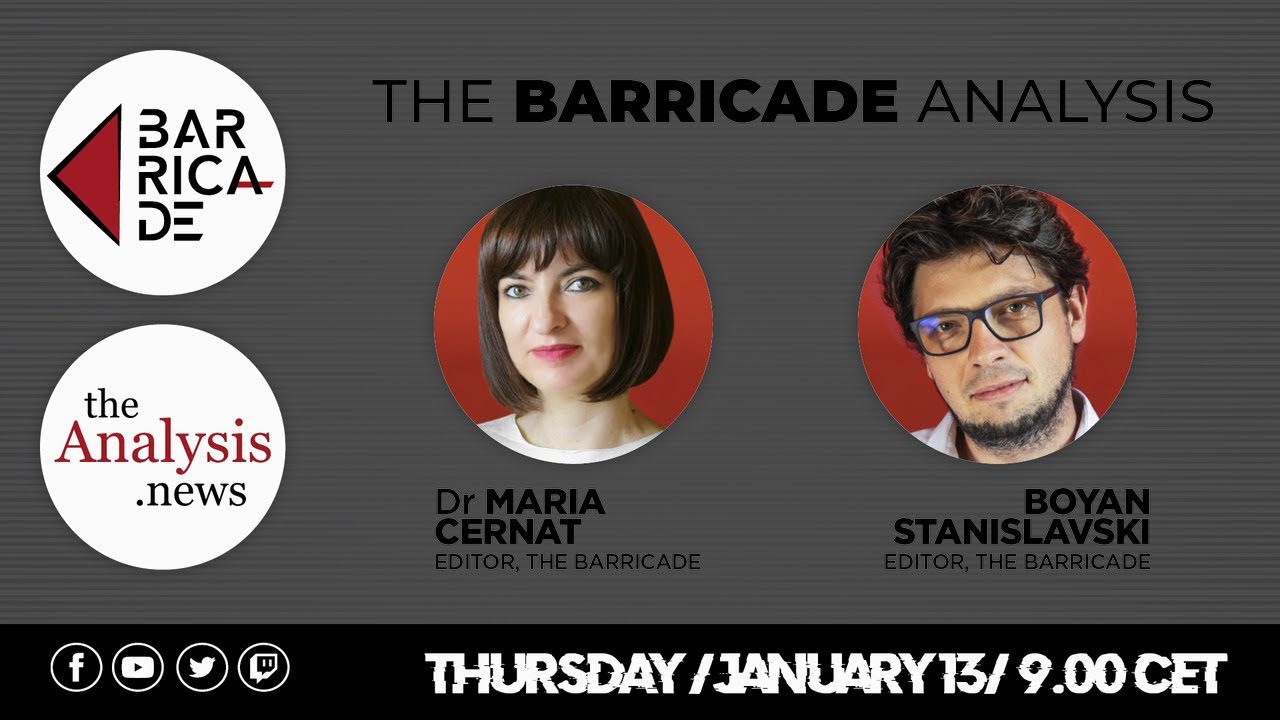
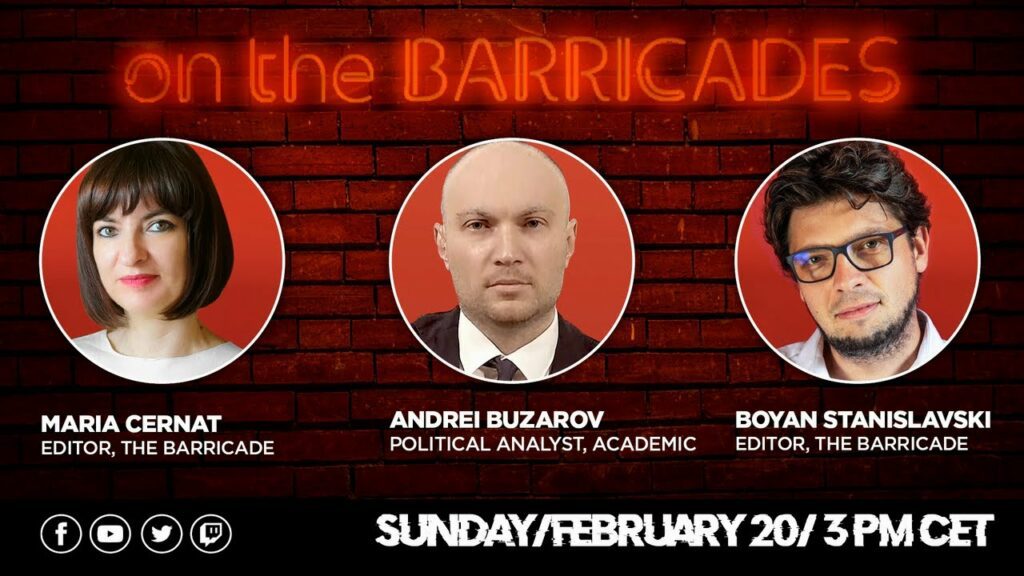
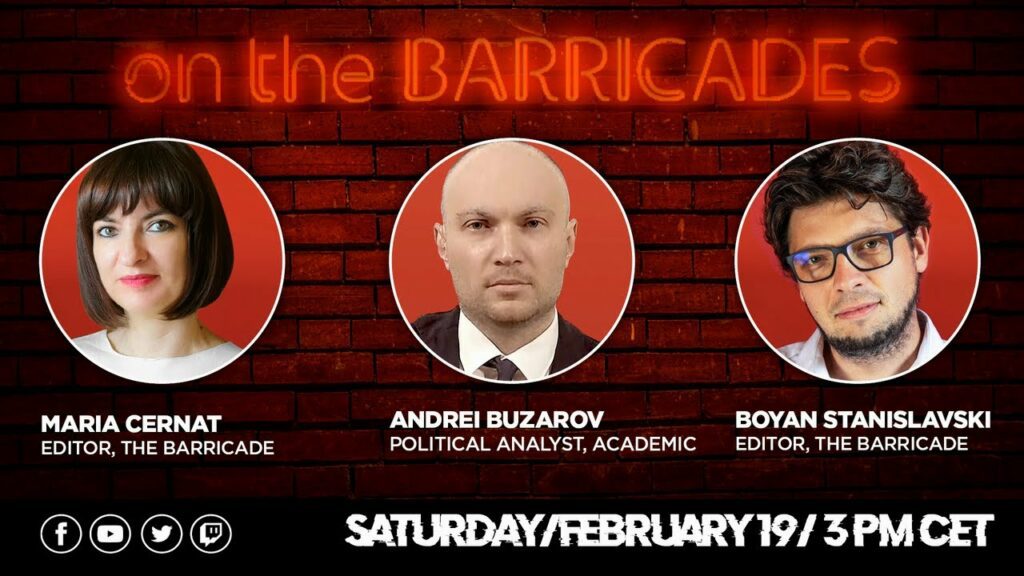
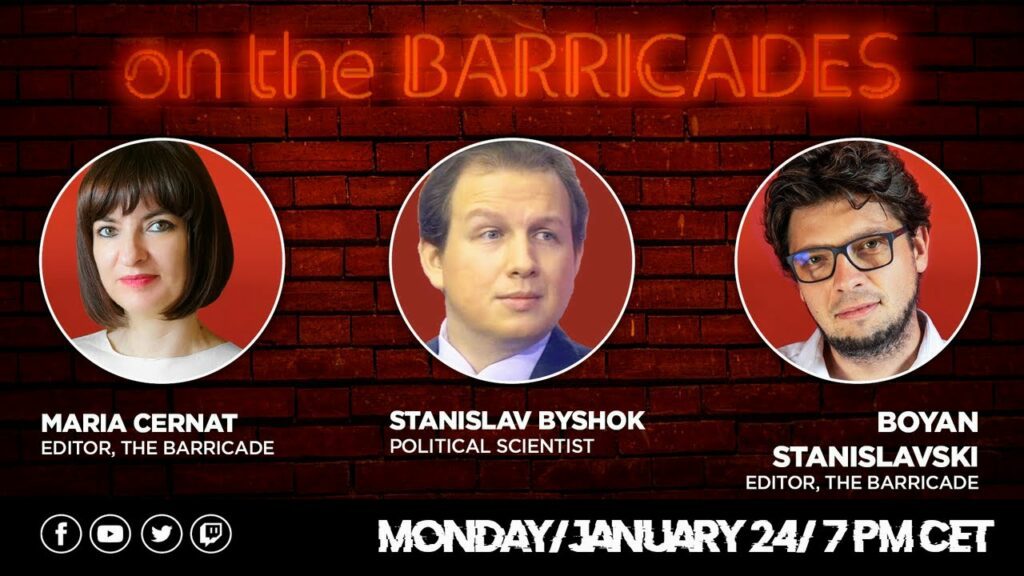
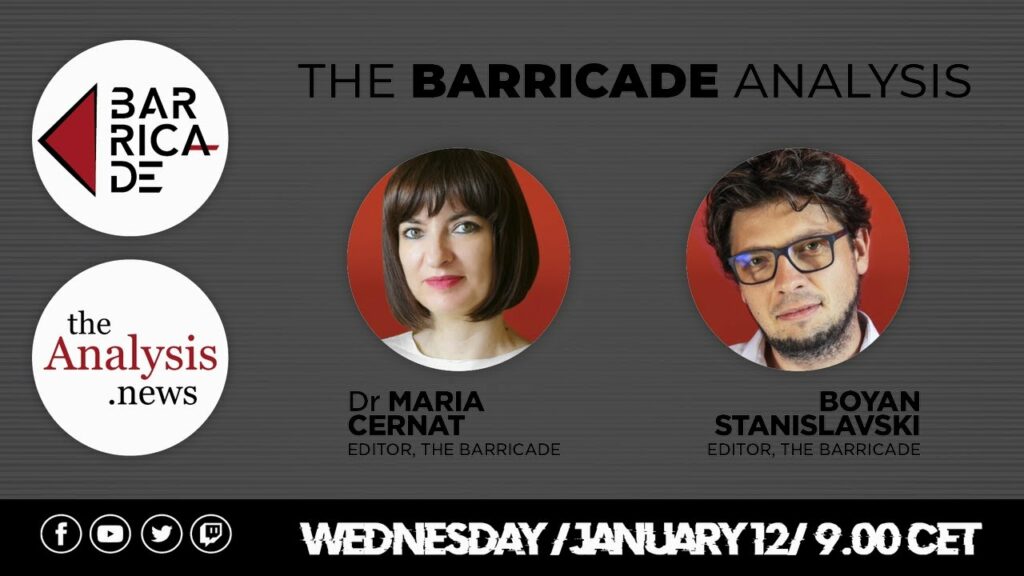
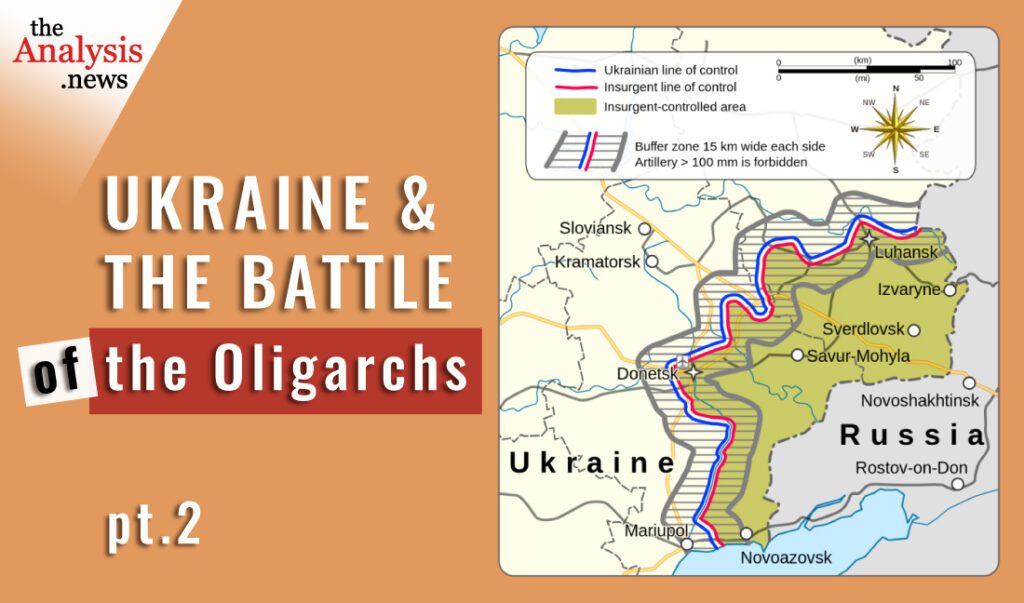
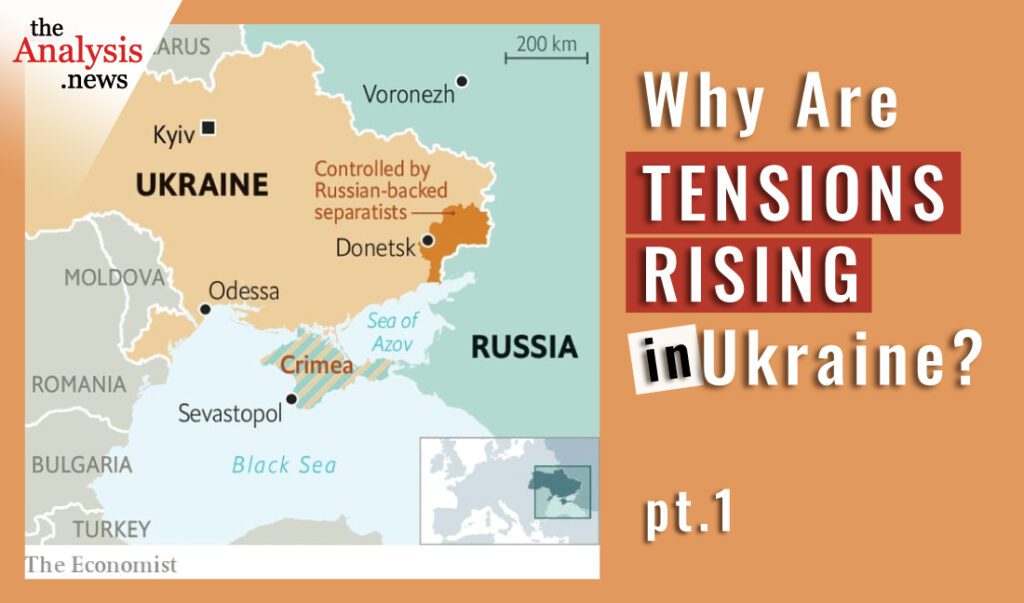
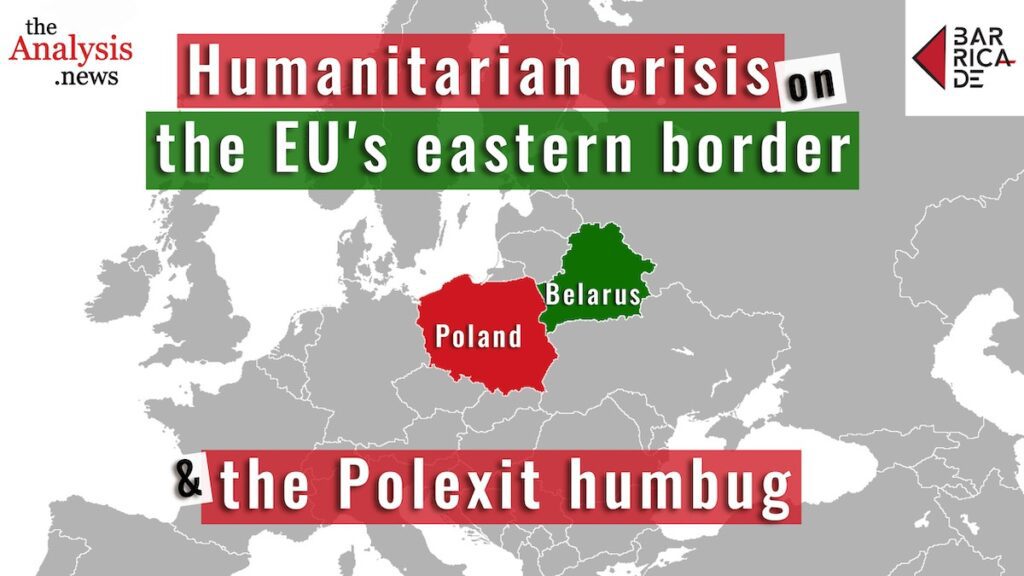
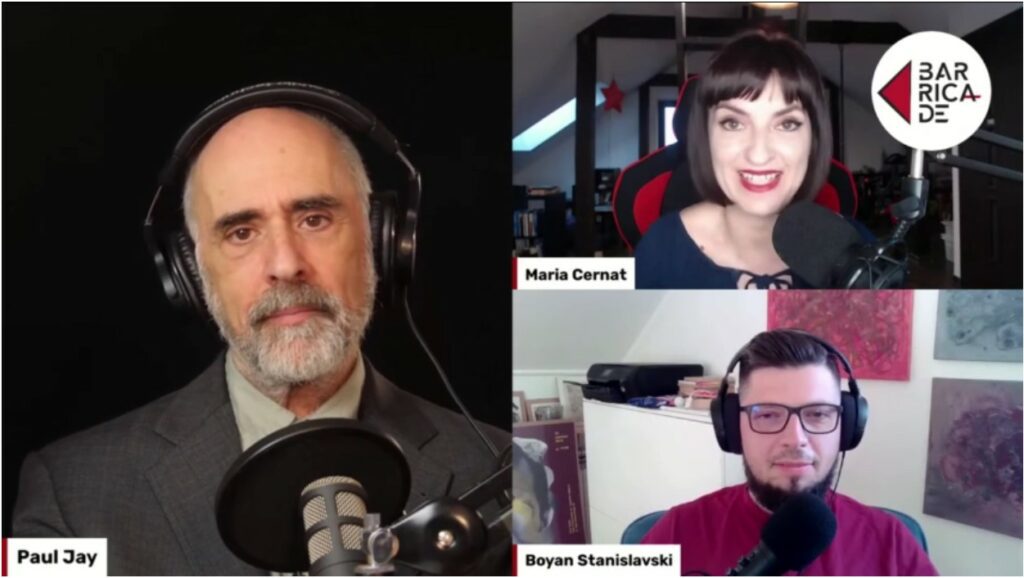
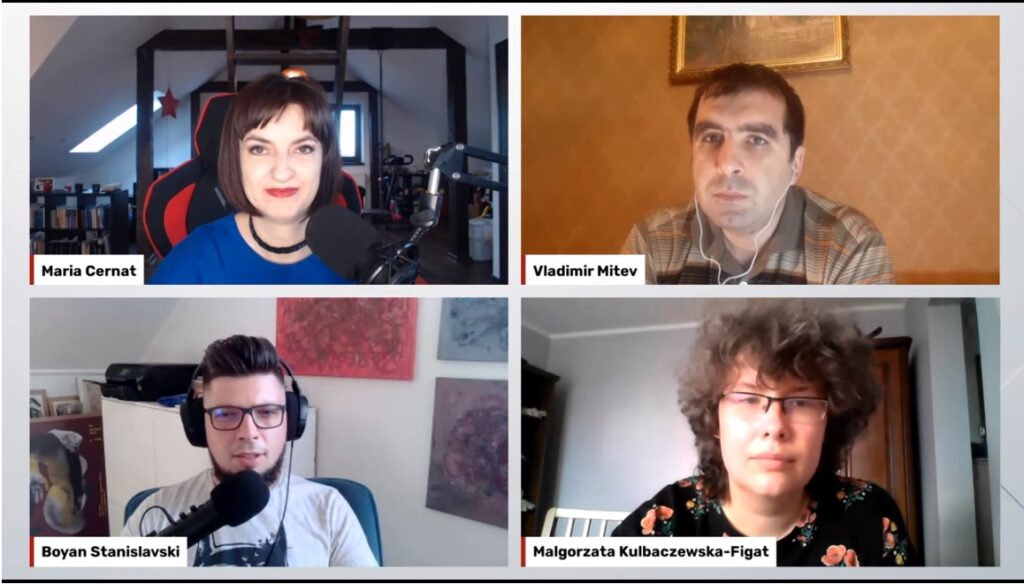
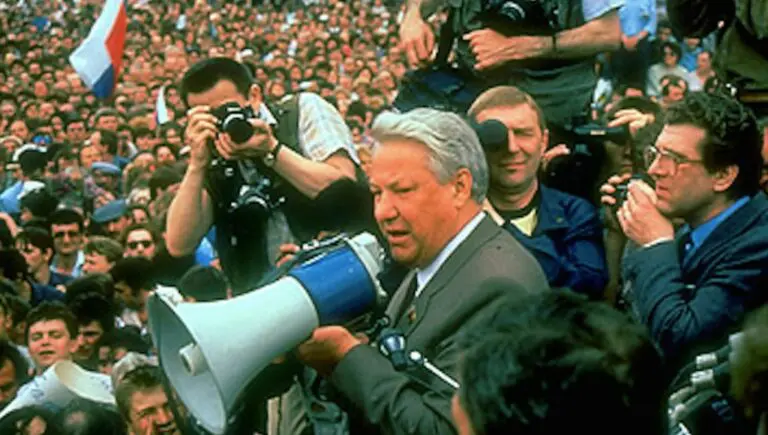
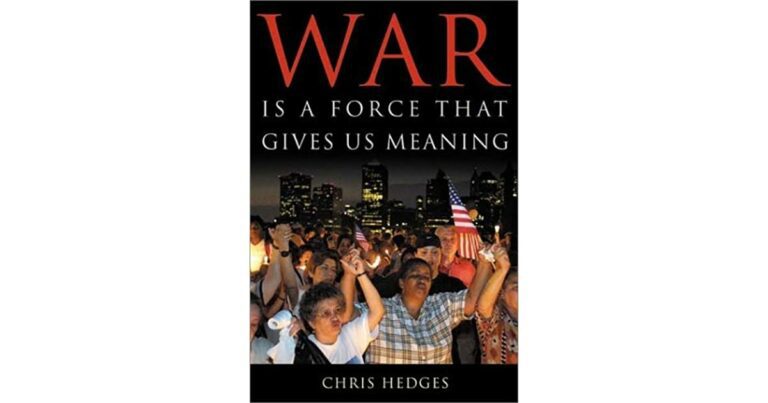
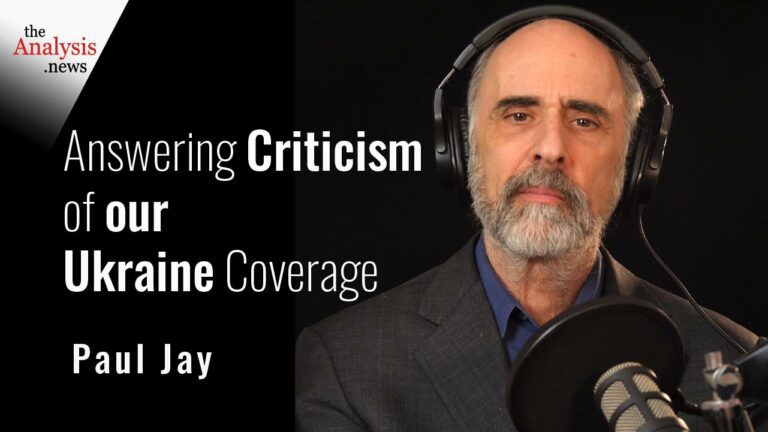
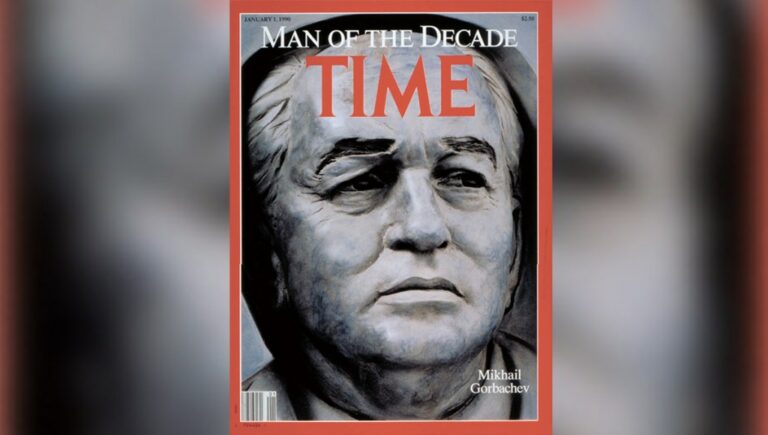
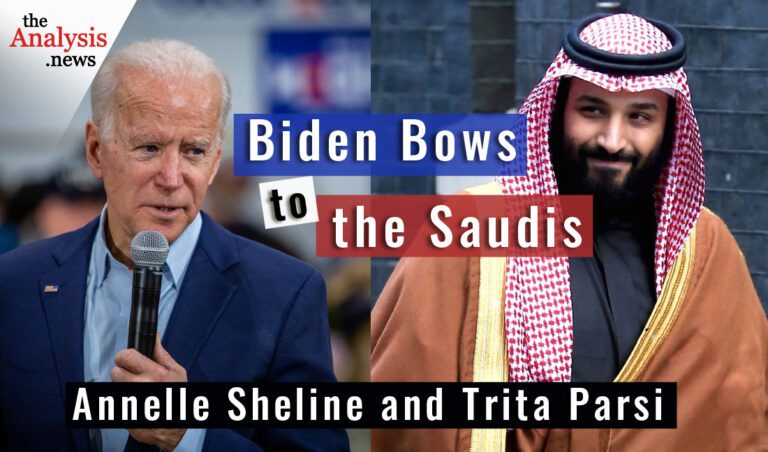
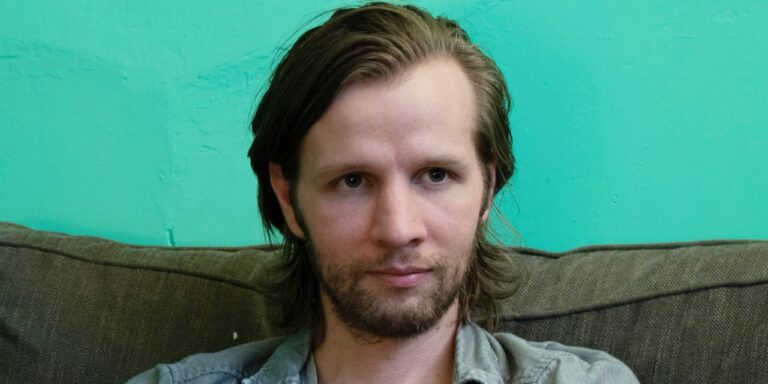
No one yet is close to an adequate analysis. My analysis is at http://www.wspus.org/2022/01/upheaval-in-kazakhstan/. The most important omission of Boyan and Maria is ignoring the fact that the upheaval began in Jazaozen, a city with a long history of workers’ struggles, as a strike movement. The increase in the price of LNG was the straw that broke the camel’s back but it was by no means the only grievance. The oilmen demanded higher wages, safer working conditions, the right to organize, etc. Another nationwide grievance was the raising of the pension age, which protestors wanted reversed (a big source of protest in Russia too). The multiplicity of grievances helps to explain why the movement did not just fizzle out when Tokayev promised to lower the price of LNG.
The strike/protest movement did not suddenly jump from Janaozen to Almaty at the other end of the country. It spread first through the oilfields of western Kazakhstan, from there to the coalminers and metalworkers of central Kazakhstan, and so on, reaching the Russian-speaking cities of the north and east last. This all happened fast, within the space of a few days, but it did follow the logic of geographical and sectoral connections. What makes such rapid development possible is social media, perhaps facilitated by underground networks with emigre leadership.
I gathered info on the strike movement from anarchist and Trotskyite websites — in particular, socialismkz.info. It seems that in most places the protests were non-violent. Almaty is a key exception: here I agree there was an attempt at armed insurrection.
There is said to be video evidence of SOME police officers changing sides, and there may also have been instances of Kazakh soldiers refusing to fire. As it turned out, there were too few such instances to change the outcome, but such reports may help explain why Tokayev appealed for foreign troops instead of relying on his own forces.
The ‘Color Revolution’ scenario is not the only one raised by the Kazakh and Russian leaders. Both Putin and Tokayev have claimed there is evidence of involvement by Islamist forces abroad. Some insurgents allegedly have experience of participation in Islamist armed groups abroad (Afghanistan?). I am skeptical about this, although there has been something of a religious revival in Kazakhstan. But it is a possibility that needs to be considered. I agree that clan politics is crucial. It may well underlie the transfer of the capital to Akmola/Astana/Nur-Sultan, the local clans in the Almaty area having been always hostile to Nazarbayev.
Much as I admire the efforts of these two journalists, I would like to hear from people who have specialized in the study of Kazakhstan, lived there for long periods and acquired familiarity with the people and their culture.